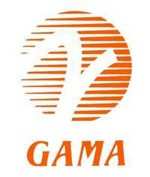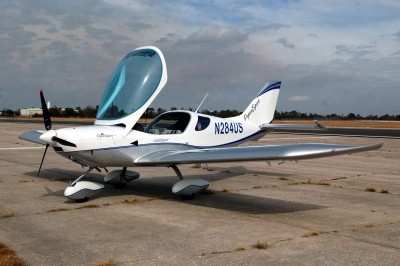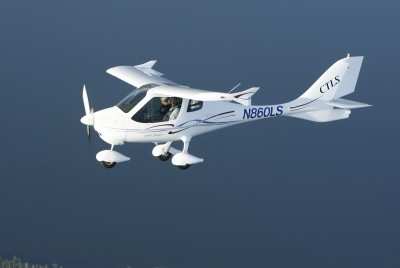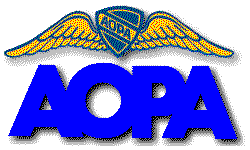The Goal Is To Make It Easier For Sport Pilots To Continue
Training
Four major general aviation organizations often referred to as
"the letter groups" are calling on the FAA to change its rules to
make it easier for Sport Pilots to pursue additional training and
higher level pilot certificates. The EAA, GAMA, AOPA, and NAFI
have petitioned the FAA to amend the federal aviation regulations
(14 CFR Part 61) so that flight hours accrued while earning a Sport
Pilot certificate can count toward additional ratings and
certificates.

The organizations have collaborated to submit a petition for
rulemaking that requests amendment of 14 CFR Part 61 to allow
instruction time received in pursuit of a sport pilot certificate
to be credited towards the instruction requirements of additional
certificates and ratings. The petition has been submitted in
response to questions that each organization has received regarding
the applicability of instruction received from sport pilot
instructors during training for a sport pilot certificate and the
applicability of this time towards further ratings and
certificates, such as a private pilot certificate.

A 2009 letter of interpretation from the FAA argued that
allowing training provided by a sport pilot instructor (CFI-S) to
count toward the aeronautical experience requirement for a private
certificate "would be the functional equivalent of permitting that
instructor to provide flight training for the issuance of the
private pilot certificate with those ratings." It has been
suggested that flight training given by a CFI-S could not be
credited toward the hour requirements for future certificates and
ratings, such as the private or recreational certificates.

EAA, GAMA, AOPA,and NAFI believe that training received from a
sport pilot instructor should count toward other certificates and
ratings, and so are petitioning the FAA to amend FAR Part 61.99 and
61.109 to clearly "permit the instruction time received in pursuit
of a sport pilot certificate to be credited towards the instruction
requirements of additional certificates and ratings." Anyone
wishing to obtain a recreational or private pilot certificate would
still be required to obtain training from a CFI on all areas
defined under the knowledge and flight proficiency requirements of
that certificate. They would also be required to complete the
elements that a sport pilot instructors cannot complete such as the
night training and three hours in preparation for the practical
exam.

When it was created, the sport pilot certificate was intended in
part as a less expensive entrée into the world of general
aviation, and for some pilots as a stepping-stone to higher
certificates. The FAA's proposal of the sport pilot rule in 2002
signaled its intent that, "[u]nder this proposal, certificated
sport pilots could credit ultralight flight time toward
higher-level certificates, which would increase the experience
level and qualification of sport pilots."

"Experience begins to accrue the very first day that a student
pilot sits behind the controls of an aircraft," the groups wrote.
"The aeronautical experience obtained in pursuit of a sport pilot
certificate should not be discredited, in essence resetting the
clock on aeronautical experience as if that sport pilot was an
initial student with no previous experience. The experience gained
in pursuit of the sport pilot certificate relates directly to the
experience needed to obtain a recreational or private pilot
certificate and should not be disregarded. It provides a valuable
foundation for the additional requirements of the private pilot
certificate."

Allowing sport pilots to transition more smoothly to higher
certificates and ratings would not compromise safety, the groups
said; in fact, it would give sport pilots greater incentive to
pursue higher certificates. Safety is enhanced as a pilot receives
additional training and pursues higher certificates and ratings,
the groups said.
 Unfortunate... ANN/SportPlane Resource Guide Adds To Cautionary Advisories
Unfortunate... ANN/SportPlane Resource Guide Adds To Cautionary Advisories ANN FAQ: Turn On Post Notifications
ANN FAQ: Turn On Post Notifications ANN's Daily Aero-Term (04.29.24): Visual Approach Slope Indicator (VASI)
ANN's Daily Aero-Term (04.29.24): Visual Approach Slope Indicator (VASI) ANN's Daily Aero-Term (04.28.24): Airport Marking Aids
ANN's Daily Aero-Term (04.28.24): Airport Marking Aids ANN's Daily Aero-Linx (04.28.24)
ANN's Daily Aero-Linx (04.28.24)








